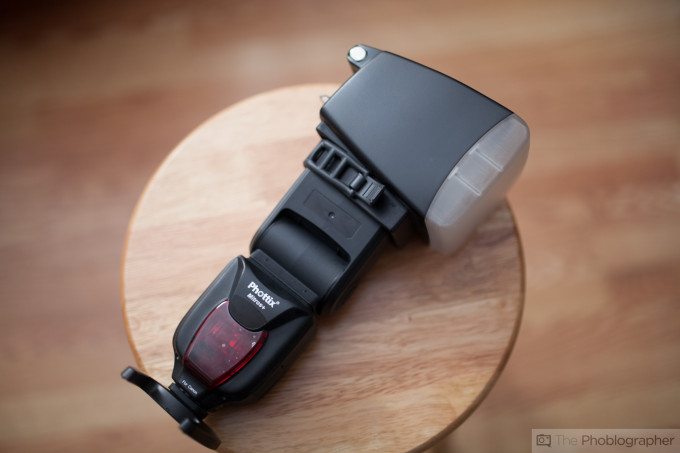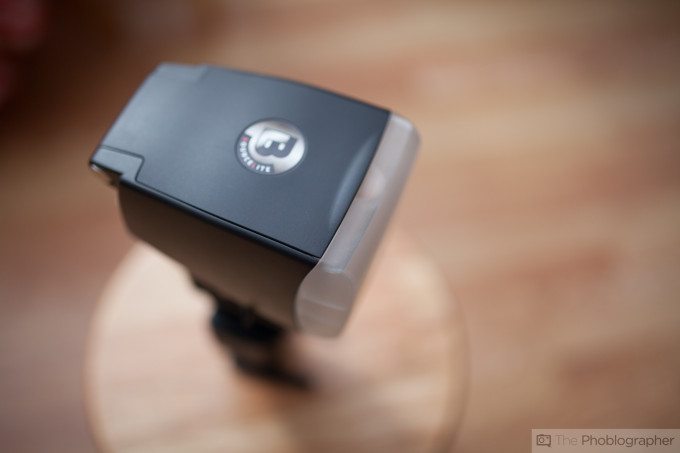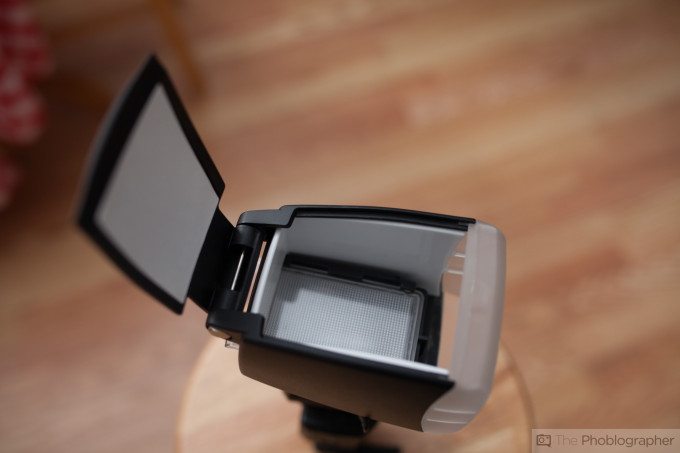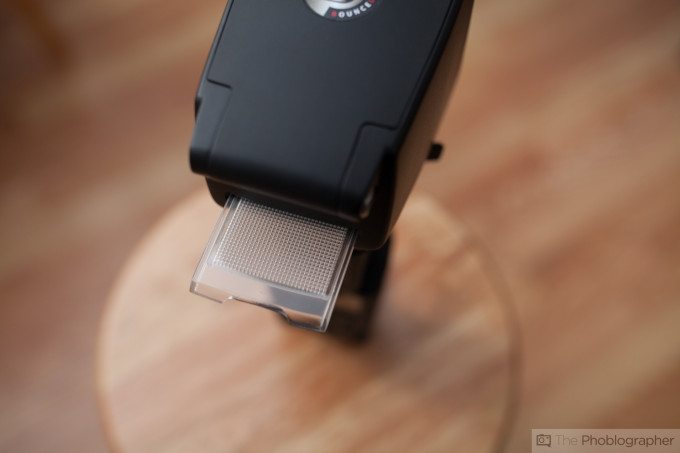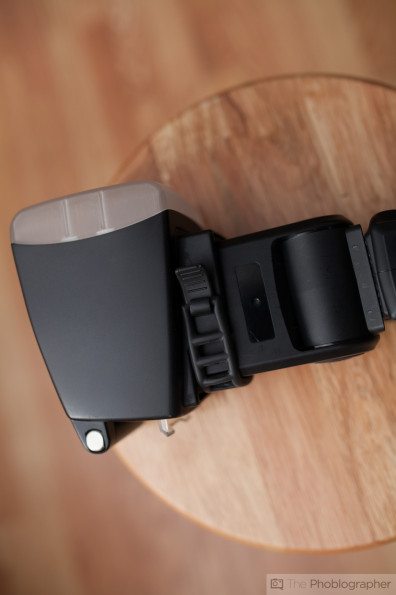The BounceLite flash modifier has to be one of the more unique offerings that we’ve seen in the past couple of years. It isn’t a piece of Chinese soup dome, it isn’t a giant reflection pad, and it isn’t some weird all white box. Instead, what it is is some sort of partial softbox, reflection panel, and diffusion dome–making it truly one of the more unique offerings that we’ve seen.
We had the chance to test a prototype recently; and while it’s surely unique it also has its share of quirks that need to be ironed out.
Pros and Cons
Pros
– Really nice light output
– Controllable amount of strength for how much light can spill out of the top
– Solid construction
– Simple mounting method
– Space for filters if you want to use them.
Cons
– When tilted to the side, the entire unit becomes very top heavy and topples over if not mounted in the camera hot shoe
– Needs doors to let light out of other areas besides just the top
Gear Used
We tested the BounceLite with Phottix Mitros+ flashes, the Phottix Odin, Canon 5D Mk II, and Sigma 35mm f1.4.
Tech Specs
You’re best off checking out our initial news posting to see what kind of tech specs there are.
Ergonomics
The BounceLite is surely one of the more unique flash modifier systems that we’ve seen. Essentially, it’s a box with a diffusion dome, and a roof that can be opened or closed. Said roof is pictured in the image above.
The BounceLite mounts onto your flash using a belt system. Essentially, you need to unharness the rubber belt and then re-harness it when your flash is mounted inside. To mount the flash, you simply slide it in.
The roof of the BounceLite opens up to reveal an interesting interior mostly similar to the way that a standard softbox works. The entire inside is filled with white panels and a diffusion panel. When the flash output fires, it bounces all around these white panels and projects forward through the glazed opaque diffuser.
However, the roof can open up accordingly and can let light seep out and hit the ceilings and walls. Plus, it can also bounce light forward towards the subject if it’s in the right position.
Even more interesting is the fact that the BounceLite incorporates the use of a filter holder. With this little holder you can add gels to color the flash output.
Build Quality
While playing with the BounceLite for a couple of weeks, we never felt that the construction failed us. It’s built and designed very solidly and feels great in the hand. The mounting process and latches to a flash offers lots of security and at no time did we feel like the BounceLite was going to fall off ot the flash. The design is also in such a way that if someone knocks into it, it will take a really hard hit for the BounceLite to become detached.
Because of this, we can really recommend it to event photographers. Nothing about the unit feels cheap and if anything it feels like one of the best things that you can possibly mount to a flash.
Ease of Use
Attaching the BounceLite onto your flash isn’t very tough at all. What you have to do is use the belt system that comes with the flash and just attach it. When it attached, you need to rotate the flash head and turn it vertically. Want to balance direct flash diffusion with some bounce fill? Simply open the top of the BounceLite and you’ve got it all done. The interior of the top door is a reflective white that sends light back onto your subject and up onto the ceiling/walls.
When using this light modifier though, you should still keep in mind that it isn’t making the light output any larger really. In fact, it’s still quite small. With that said, the standard rules of lighting apply in that the smaller the light source in relation to the subject the harsher the light can be.
To make this light softer, you’ll need to experiment with opening the roof up and bouncing the light off of a ceiling or wall–or simply just letting is seep out. Many photographers may think that this is a total waste of flash flash–and in reality they’d be correct if the entire BounceLite were translucent. Instead, it is still aiming the light output in a specific direction instead of sending it everywhere the way that something like a Gary Fong Lightsphere does. Because of this, you’re bound to be wasting light–and therefore you’ll be saving battery power.
Image Quality
We tested the BounceLite with a flash in full TTL mode. Here’s what some of the results look like.
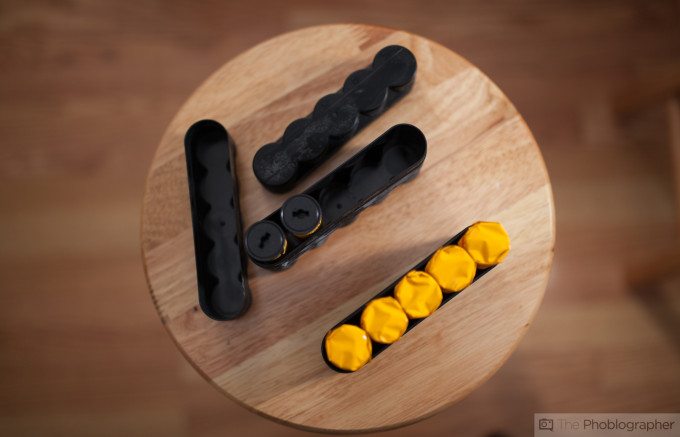
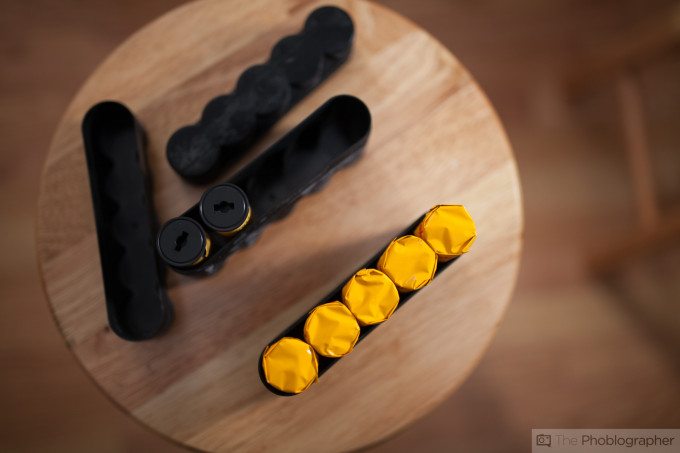
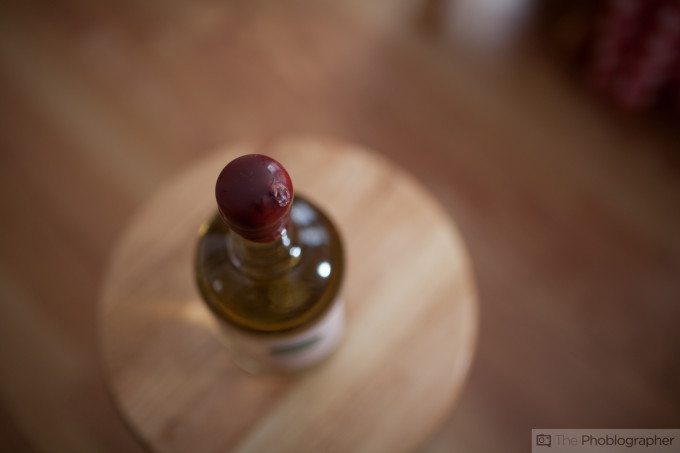
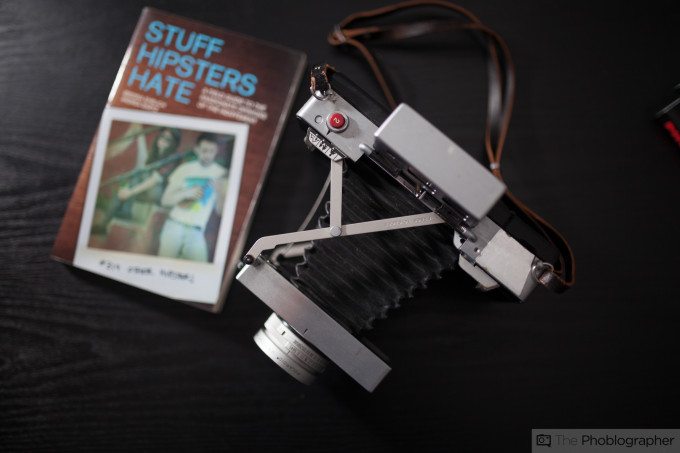
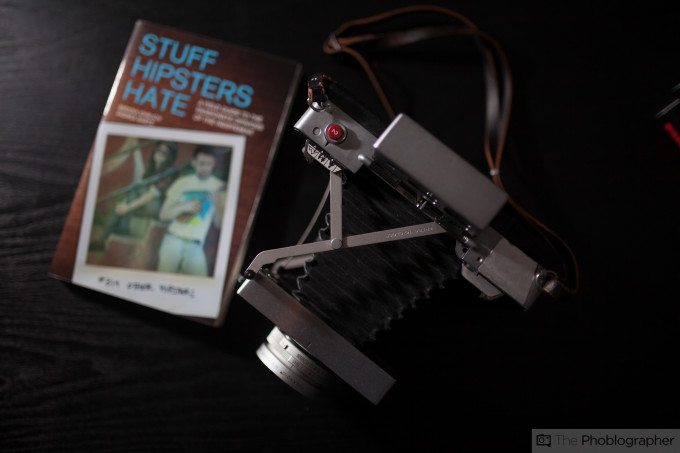
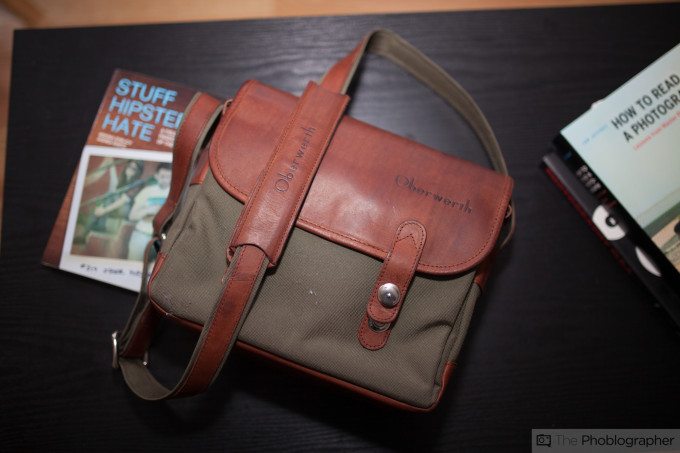
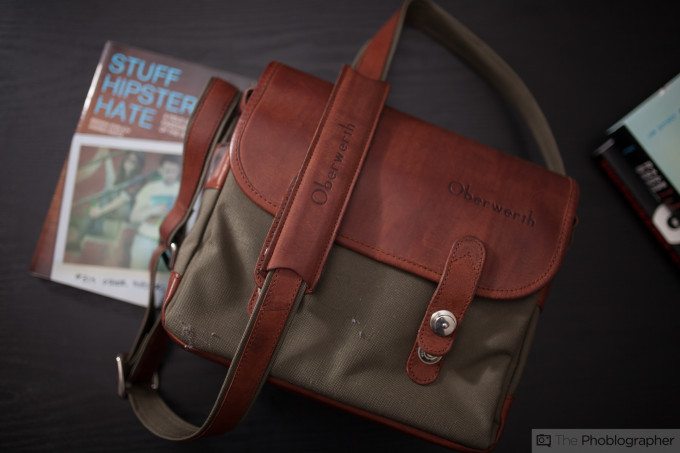
Conclusions
Likes
– Great build quality
– Can deliver some beautiful light output
Dislikes
– Wish that it offered an option with a silver interior
– More doors that open on the sides would be really nice for off-camera flash users
The BounceLite is one of the more innovative options that we’ve seen for photographers looking to manipulate the existing light from their flashes while keeping their options portable. In fact, we highly recommend it for most photographers. However, keep in mind that it won’t replace a larger flash modifier at all.
We award the BounceLite 4 out of 5 stars.


